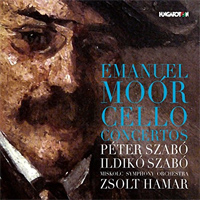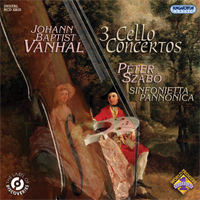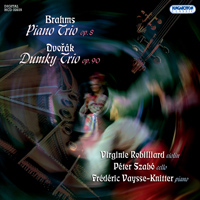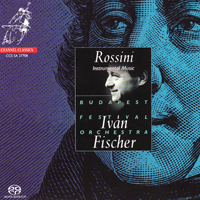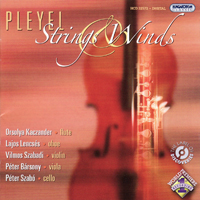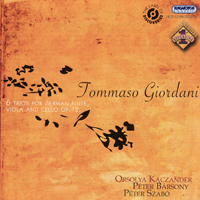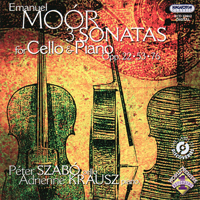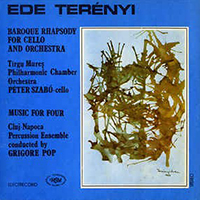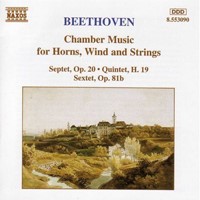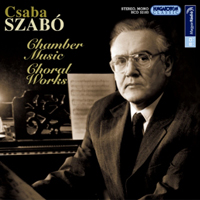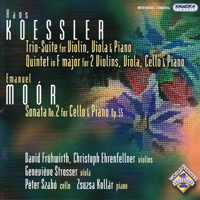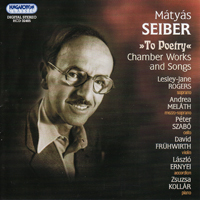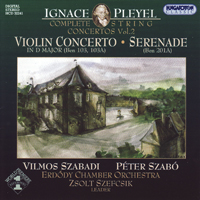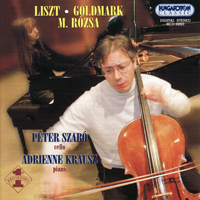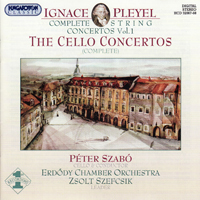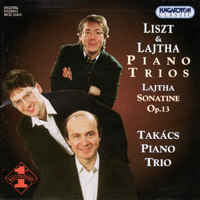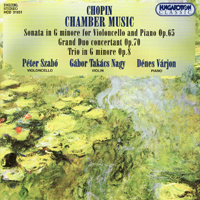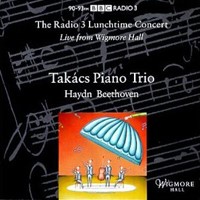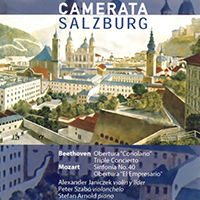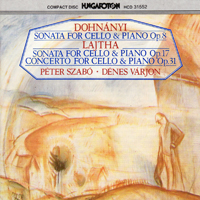The Hudson Review: Music for a Time of Crisis: Livestreaming in a Global Pandemic
"Personally, I found the experience of watching the Budapest Festival Orchestra’s “Quarantine Soirée” series on the organization’s Facebook page much more uplifting. On March 17, musicians from the festival orchestra presented a chamber music concert of Mozart’s Concert Rondeau in E-flat Major for French horn and piano; Mozart’s Clarinet Quintet, and Schumann’s piano quintet in E-flat Major, Op. 44. Filmed in a rehearsal space, there was one camera that shot from a tripod—no fancy pans to an empty theater. This allowed me to engage as an audience member, rather than voyeuristically experience some weird exercise of an orchestra performing and bowing to an empty hall. In addition, because there was only one camera which took in the entirety of the ensemble, I could always see how every musician interacted with one another and could choose on whom to concentrate. By contrast, the established classical music streaming services turn the concert into too much of a movie. Cameras zoom in and focus on individual performers, instruments, hands. As a consequence, the viewer loses some autonomy on what or whom to look at. The ability for the online viewers to comment on the Facebook platform also lent a sense of community for the Budapest concert not possible on the big classical TV sites. The numbers of people tuning in vacillated between seventy and eighty; the comments showed viewers from Italy, Scotland, Austria, Turkey, Greece, France, Hungary, Canada, and the U.S.
Of all the classical livestreams I have seen so far, this one gave me the edge-of-your seat feeling of attending a live concert, especially during the Schumann quintet. What let this happen? First, there’s the issue of ephemerality: many livestreams record the proceedings, which can then be accessed at any time. As far as I could tell, this performance was only, and thus actually, live. Either you tuned in, or you missed it. Moreover, the interpretation sounded live: Each of the pieces sounded well rehearsed, but not to the point of being beaten to death. The Scherzo movement of the Schumann frayed at the edges several times, teasing that it would topple over. The musicians took risks, exchanged facial expressions of glee. Each of the five musicians making up the Schumann quintet—Tímea Iván, Zsófia Lezsák, Barna Juhász, Dávid Báll, and Péter Szabó—played with a unique and distinctive sound making the listening experience an adventure. I was not familiar with cellist Péter Szabó before this livestream. After listening to him for about ten seconds, I was hit by the thought, “This is a master I should know about.” The sounds he drew from his instrument were forces of nature, not notes: rumbles, groans, sea tides. I lost no time in searching for his discography and was intrigued to find numerous recordings of unfamiliar works for cello including the cello concerti of Ignace Pleyel, Johann Baptist Vanhal, and Emanuel Moór. "
Author: Elizabeth Lyon
Source:
https://hudsonreview.com/2020/03/music-for-a-time-of-crisis-livestreaming-in-a-global-pandemic/


